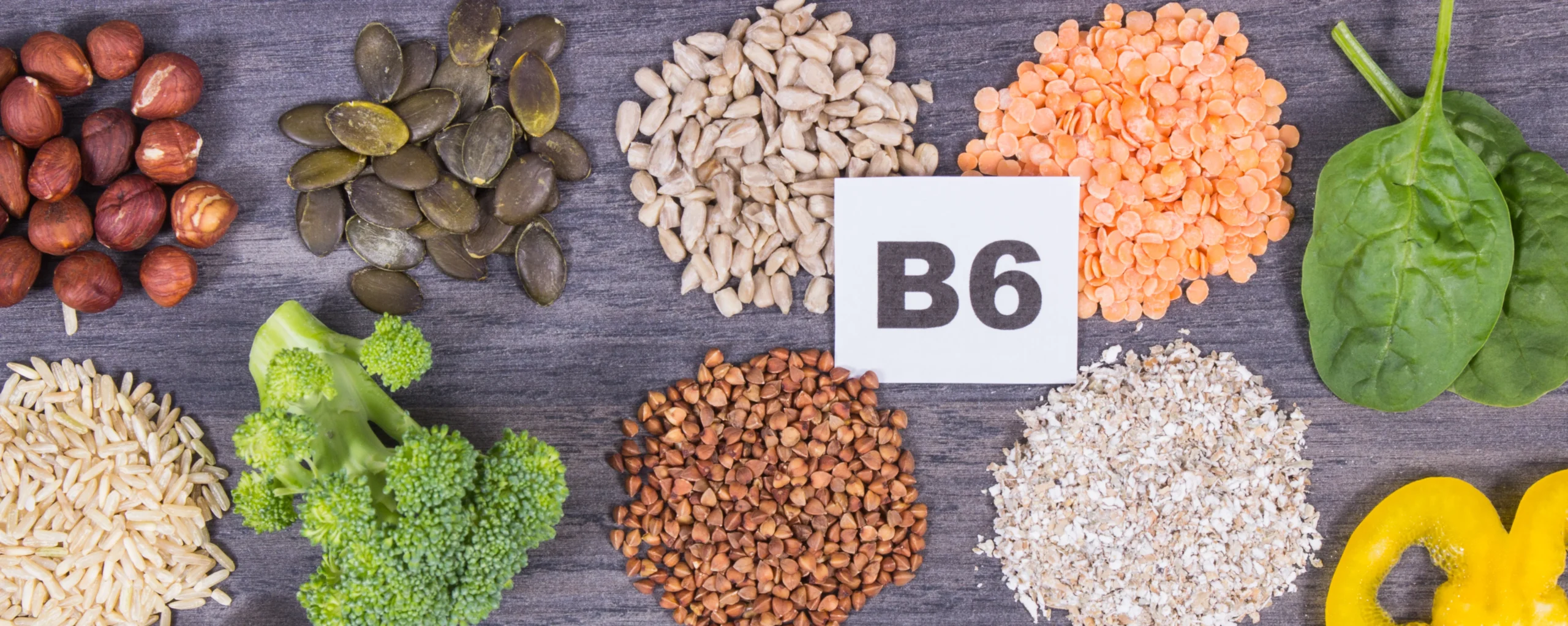Iron is an essential mineral that is crucial for many bodily functions, including the formation of haemoglobin in red blood cells, which carries oxygen to all parts of the body. There are two types of dietary iron: haem iron, which is found in animal products and is more readily absorbed by the body, and non-haem iron, which is found in plant-based foods. Here is a list of iron-rich foods, distinguishing between vegetarian and carnivore options and noting the bioavailability of iron from animal sources:
Vegetarian Options
Foods High in Non-Haem Iron:
Lentils – A great source of non-haem iron, which can be enhanced with vitamin C-rich foods.
Chickpeas – Another legume rich in iron, best consumed with vegetables high in vitamin C.
Kidney Beans – A good plant-based source of iron.
Tofu – Soy-based foods like tofu have considerable amounts of non-haem iron.
Spinach – Leafy greens like spinach are high in non-haem iron.
Quinoa – This grain is not only high in protein but also contains non-haem iron.
Pumpkin Seeds – Also known as pepitas, these seeds are a good source of non-haem iron.
Dried Fruits – Like apricots and raisins but be cautious of the high sugar content.
Nuts – Certain nuts like cashews contain non-haem iron.
Fortified Cereals – Often fortified with added iron, check the labels for iron content.
Meat, fish, and Dairy Options
Foods High in Haem Iron:
Red Meat – Beef, lamb, and venison are excellent sources of haem iron, which is easily absorbed by the body.
Poultry – Chicken and turkey contain haem iron, particularly in dark meat.
Liver – Organ meats like liver are particularly high in haem iron.
Seafood – Oysters, clams, and mussels are rich in haem iron.
Fish – Certain fish like tuna and sardines are good sources of haem iron.
Eggs – While they also contain non-haem iron, eggs are a source of haem iron when considering the whole food.
Considerations for Iron Absorption
Impact of Tannins:
Tannins, which are present in tea and wine, have the potential to hinder the absorption of iron. These compounds bind to iron, making it less available to the body. To minimise this effect, it is advisable to consume tea and wine a few hours before or after eating iron-rich foods.
Effect of Oxalates on Iron Absorption:
Oxalates are another group of compounds that can impact iron absorption. They are derived from oxalic acid and are found in various foods, including spinach, kale, beets, nuts, chocolate, tea, wheat bran, rhubarb, strawberries, and certain herbs such as oregano, basil, and parsley. Oxalates can bind to non-heme iron, forming insoluble complexes that the body cannot absorb. Thus, while these foods can be part of a healthy diet, as well as containing iron themselves, it may be beneficial to consume them in moderation or at different times than haem-iron-rich meals to enhance iron absorption.
Vitamin C to Enhance Absorption:
To counteract the inhibitors of iron absorption such as phytates, tannins, and oxalates, consuming vitamin C-rich foods alongside iron-rich foods can be beneficial. Vitamin C can form a chelate with non-haem iron that resists binding with inhibitors, making it more soluble and easier to absorb. Adding foods like oranges, bell peppers, and lemons to your meals can significantly improve the absorption of non-haem iron.
By paying attention to these factors, individuals can maximize their dietary iron absorption, which is particularly important for those with iron deficiency anaemia or for those looking to optimise their iron levels for overall health.
For individuals with iron deficiency or those looking to increase their iron intake, it’s crucial to consider both the type and the source of iron in their diet for maximum benefit.







